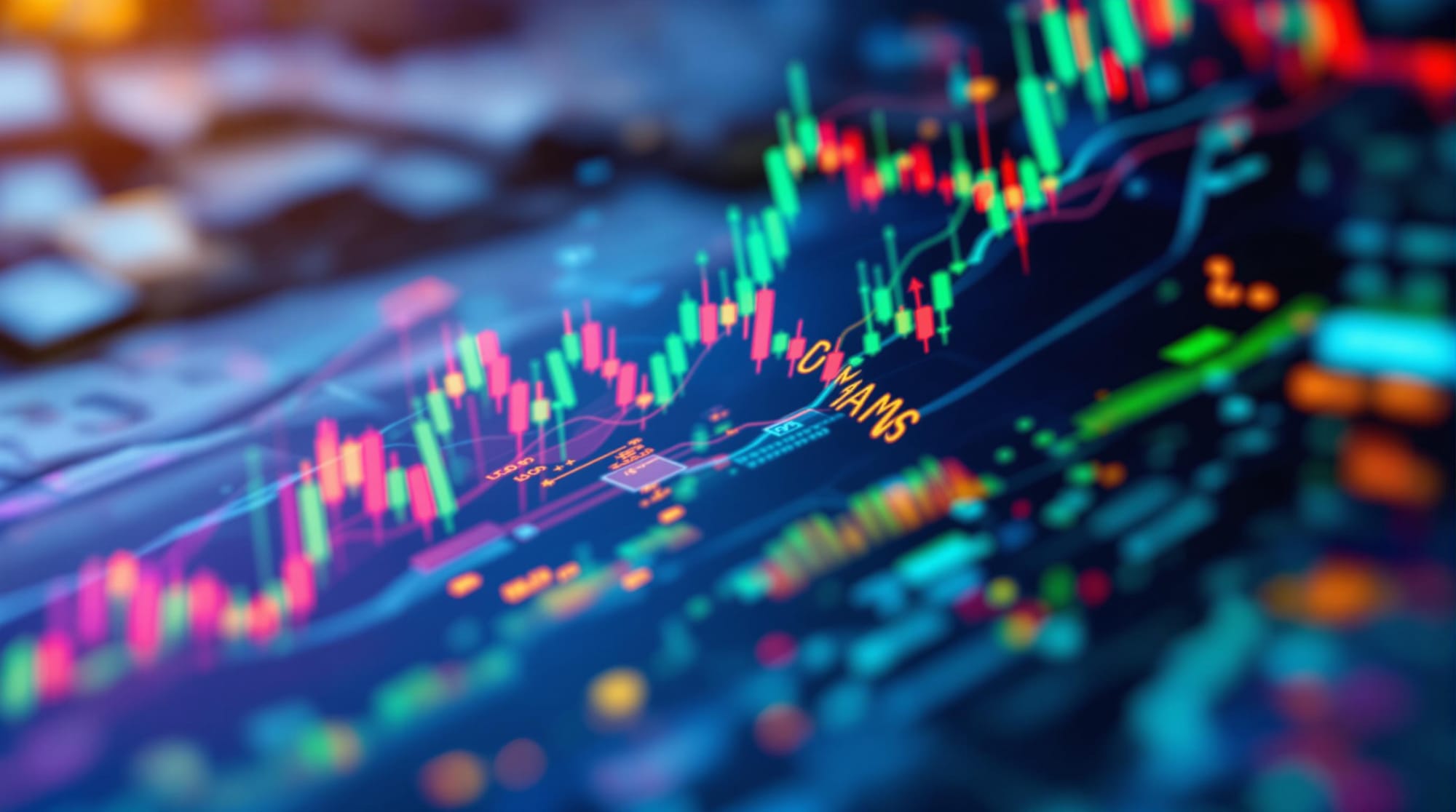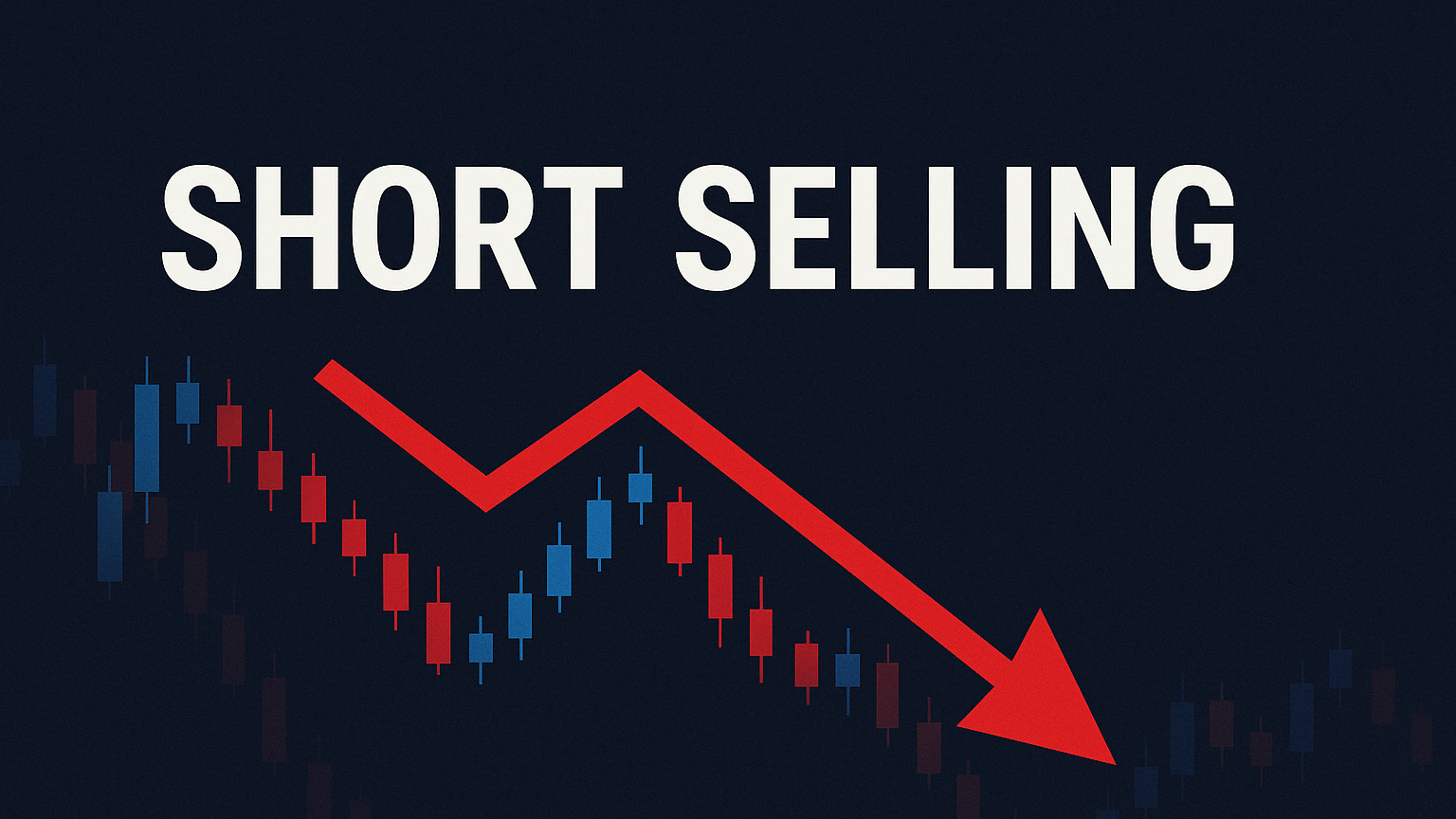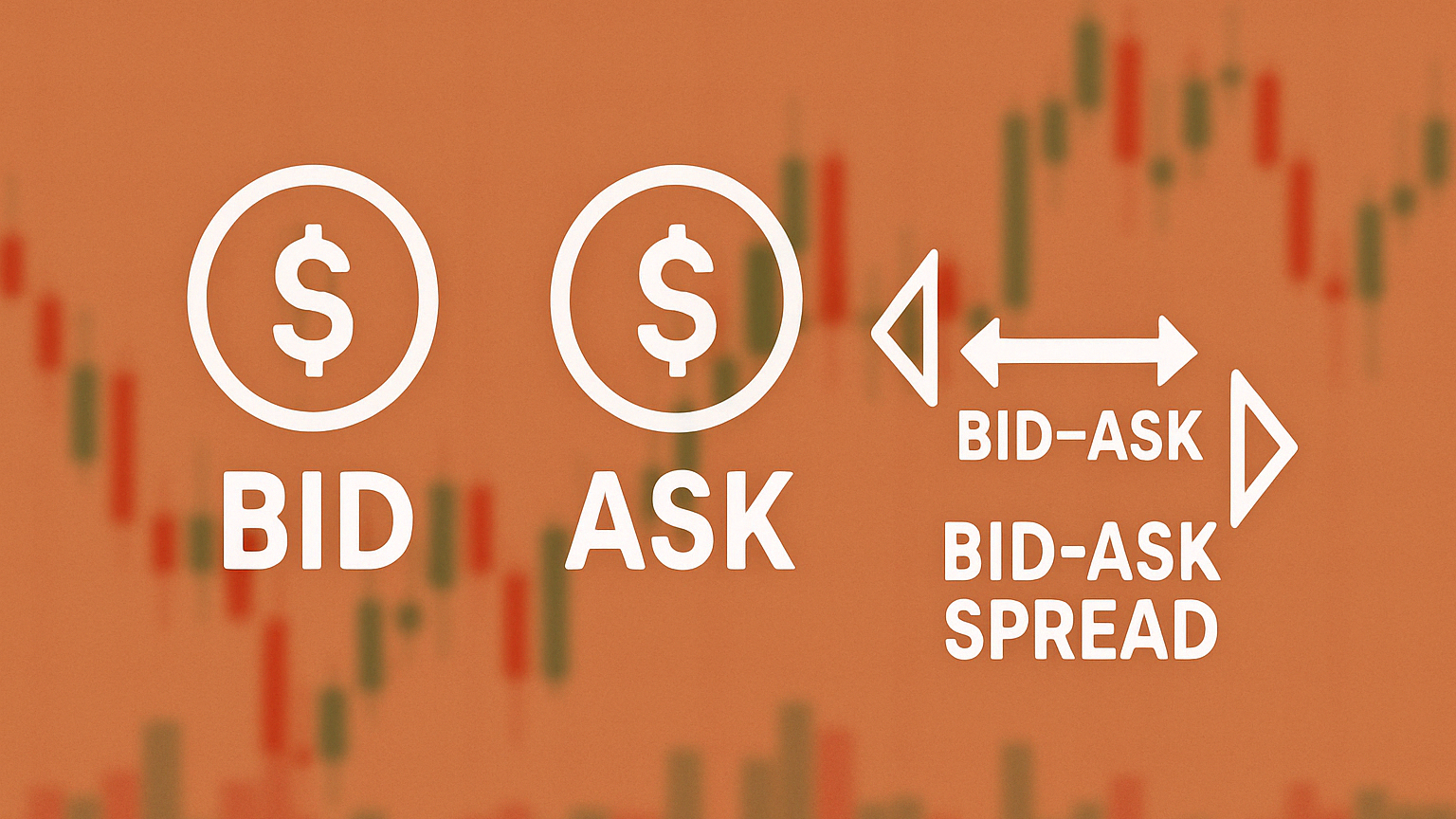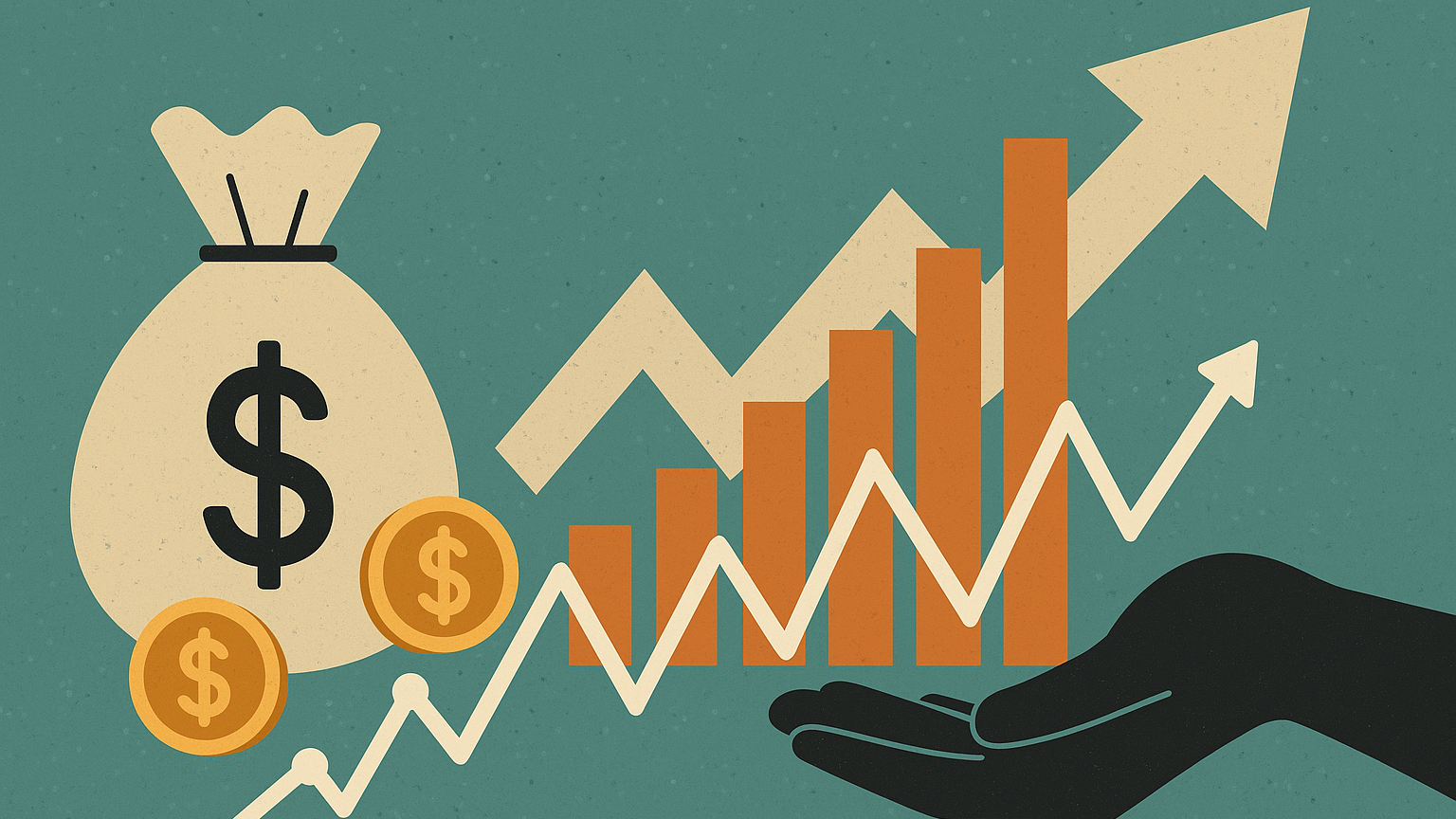Explore data-driven strategies in quantitative trading, leveraging automation, AI, and advanced statistical models for better financial decisions.
Quantitative trading uses data, math, and automation to make smarter, faster trading decisions. It eliminates emotional biases, outperforms manual methods, and adapts to complex markets with advanced tools like AI and machine learning.
Why It Works:
- Data-Driven Decisions: Relies on statistical models, not human intuition.
- Speed & Efficiency: Automated systems execute trades in microseconds.
- Consistent Results: Backtested strategies reduce errors and improve performance.
- Risk Management: Techniques like stop-loss orders and portfolio diversification protect investments.
Key Features:
- Market Coverage: Simultaneously monitors multiple markets.
- 24/7 Operation: Runs continuously without human fatigue.
- AI Integration: Boosts predictive accuracy with tools like NLP and machine learning.
| Aspect | Quantitative Trading | Manual Trading |
|---|---|---|
| Decision Making | Algorithms & data | Human intuition |
| Execution Speed | Instant | Slower |
| Emotional Interference | None | High |
| Strategy Testing | Thorough & precise | Limited |
| Risk Management | Data-driven | Subjective |
Quantitative trading is reshaping markets by combining technology and data for better, faster, and more reliable trading strategies. Want to get started? Learn Python, study basic strategies, and use platforms like QuantConnect for testing.
Key Elements of Quant Trading Strategies
Stats and Math Models
Statistical models help analyze market behavior and uncover patterns that aren't immediately obvious. For example, tools like time series analysis (including stationarity tests, autocorrelation checks, and ARIMA models) can highlight trends hidden in raw data.
Mathematical models are used to identify inefficiencies in the market by analyzing factors such as:
- Price momentum and mean reversion
- Patterns of volatility clustering
- Seasonal trends in market behavior
- Relationships between different assets
Trading Automation Systems
Once statistical models pinpoint opportunities, automation ensures those opportunities are acted on quickly and efficiently. Automated systems follow pre-defined rules to execute trades, processing massive amounts of data in real time. This eliminates emotional decision-making and allows for lightning-fast responses.
| System Component | Function | Benefit |
|---|---|---|
| Signal Generator | Analyzes data with mathematical models | Spots trading opportunities |
| Risk Manager | Manages position sizes and exposure levels | Protects against major losses |
| Order Executor | Executes trade decisions | Ensures speed and precision |
| Performance Tracker | Evaluates strategy performance | Helps refine and improve plans |
Market Data Types
Quantitative strategies rely on a mix of data sources to inform decisions. These include:
-
Traditional Data
Price and volume data form the backbone of quantitative analysis, offering the historical context needed for backtesting and strategy creation. -
Alternative Data
Sources like social media sentiment or credit card transaction data provide early insights, offering traders a competitive edge. -
Market Microstructure Data
Detailed order book and trade-level data help traders understand the finer details of market movements.
By combining these diverse data types, traders can build more precise and effective strategies.
Risk Control Methods
Even with strong models and automation, managing risk is essential. Events like the 2010 Flash Crash highlight the importance of having solid risk controls in place. Modern risk management uses multiple approaches to safeguard trading capital.
| Risk Control Method | Implementation | Objective |
|---|---|---|
| Position Sizing | Uses models to determine trade sizes | Avoids overexposure |
| Stop-Loss Orders | Sets exit points based on price thresholds | Limits losses on trades |
| Portfolio Diversification | Spreads investments across assets | Reduces the impact of market events |
| Stress Testing | Simulates extreme scenarios | Tests strategy durability |
The 2008 collapse of Lehman Brothers serves as a stark reminder of how poor risk management can lead to disastrous outcomes, even for well-established players.
Building and Testing Strategies
Strategy Creation Steps
To build a quantitative trading strategy, start with thorough research. Dive into academic papers, trade journals, and finance blogs to find promising mean-reversion or trend-following approaches. Make sure the strategy aligns with your portfolio goals and available data.
| Development Phase | Key Activities | Success Criteria |
|---|---|---|
| Research | Study academic papers and journals | Clearly defined strategy hypothesis |
| Data Collection | Collect historical market data | High-quality, sufficient data |
| Initial Design | Set entry/exit rules and position sizing | Well-defined, measurable parameters |
| Risk Framework | Create risk controls and limits | Clear and actionable risk metrics |
Once the strategy is outlined, validate it using historical data.
Testing on Historical Data
Use clean, accurate historical data that includes transaction costs, slippage, and spreads. Avoid common biases during testing:
- Data Preparation: Ensure all costs (transaction, slippage, spreads) are factored in.
- Bias Elimination:
- Look-ahead bias: Avoid using future data for historical testing.
- Survivorship bias: Include both active and inactive securities in tests.
- Optimization bias: Don’t overfit parameters to historical data.
- Validation Process: Split historical data into distinct testing and validation sets.
Performance Measurement
After testing, analyze the strategy using key performance metrics:
| Metric | Target Range | Description |
|---|---|---|
| Sharpe Ratio | > 0.75 | Measures risk-adjusted returns |
| Profit Factor | > 1.75 | Ratio of gross profits to gross losses |
| Maximum Drawdown | < 20–25% | Largest drop from peak to trough |
| Portfolio Contribution | Varies | Assesses impact on overall portfolio |
For deeper insights, consider using ratios like Compound Annual Return divided by Maximum Drawdown (CAR/MDD) to evaluate risk-adjusted performance.
"The greatest enemy of a good trading strategy is the dream of a perfect strategy. Stick to the good trading strategy." – John Bogle
Lastly, complement backtesting with forward testing (paper trading) to ensure the strategy performs well under current market conditions.
8 Quantitative Trading Strategies: Backtests, Settings and Rules
Modern Quant Trading Methods
Quantitative trading has evolved significantly, now integrating AI and high-speed systems to analyze markets and execute strategies more effectively. These advancements have expanded the scope of strategies like market arbitrage and high-frequency trading (HFT).
AI and ML Applications
Artificial intelligence (AI) and machine learning (ML) are transforming trading by enabling advanced tools for pattern recognition and predictive analytics. For instance:
- Natural Language Processing (NLP), using models like BERT, analyzes news sentiment.
- Convolutional Neural Networks (CNNs) assess management behavior and cues.
- Large Language Models (LLMs), such as ChatGPT, enhance market insights.
Currently, ML-driven strategies represent over 8% of the strategies cataloged in Quantpedia’s database. These tools are instrumental in identifying and acting on price inefficiencies, such as those exploited in arbitrage.
Market Arbitrage Tactics
Modern arbitrage relies on automated systems to quickly take advantage of price differences across markets. These systems operate with remarkable speed and precision, making arbitrage a key strategy in the modern trading landscape.
| Risk Management Component | Implementation Strategy |
|---|---|
| Slippage Control | Set strict price deviation limits. |
| Execution Risk | Use advanced order types and real-time monitoring. |
| Counterparty Assessment | Partner with reliable, well-established exchanges. |
| Portfolio Diversification | Spread investments across various markets and assets. |
For example, automated systems once exploited a $500 price difference in Bitcoin between exchanges in just seconds.
High-Speed Trading
High-frequency trading (HFT) depends on cutting-edge technology to succeed. Essential components include:
- Low-Latency Infrastructure: Hardware capable of executing trades in microseconds.
- Co-Location Services: Servers placed near exchange matching engines for faster execution.
- Advanced Risk Systems: Real-time monitoring tools and automated circuit breakers to manage risk.
Although HFT has been criticized for potentially disrupting markets, it plays a crucial role in improving market liquidity and price discovery. To navigate these challenges, traders must prioritize risk management and adhere to regulatory standards, ensuring that speed and precision don’t come at the expense of stability.
Software and Systems
Creating effective strategies in quantitative trading requires a mix of the right software offerings and programming languages to enhance both performance and efficiency.
LuxAlgo AI Backtesting Assistant
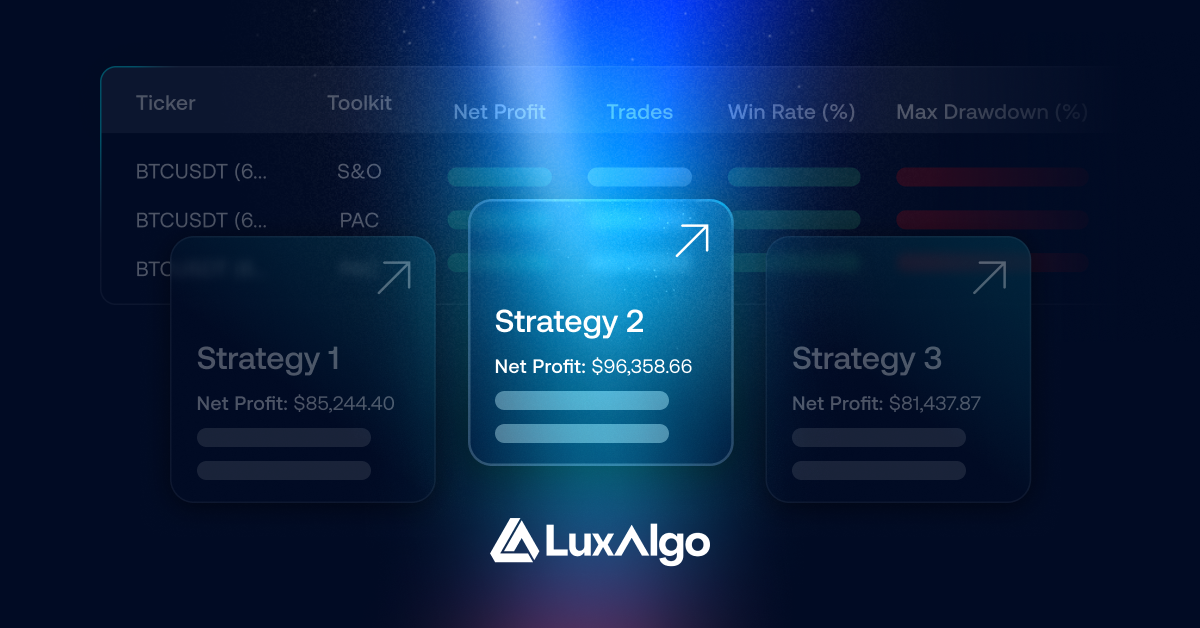
LuxAlgo’s AI Backtesting Assistant is an intelligent agent that automatically generates and evaluates trading strategies across multiple timeframes and asset classes. By leveraging our exclusive AI platform, you can:
- Discover New Strategies: Tap into over 6 million pre-built strategies or let the AI craft custom approaches tailored to your goals.
- Optimize Parameters: Automatically fine‑tune entry and exit rules, position sizing, and risk controls for maximum performance.
- Comprehensive Coverage: Backtest U.S. stocks, Forex, Crypto, Commodities, and Futures—all in one place.
- Seamless Integration: Access directly on LuxAlgo.com/backtesting with no extra downloads required.
Ready to streamline your strategy development? Learn more about the AI Backtesting Assistant here.
Coding Languages for Trading
Python has become the go-to language for quantitative trading. Other languages are chosen based on specific needs:
| Language | Primary Use Case | Key Advantage |
|---|---|---|
| Python | Strategy Development | Rich libraries for data analysis |
| C++ | High-Frequency Trading | Exceptional execution speed |
| Java | Complex Trading Systems | Balance of speed and flexibility |
| R / MATLAB | Statistical Analysis | Advanced tools for statistical modeling |
Testing Software Options
Top platforms offer powerful backtesting and simulation environments. For instance, QuantConnect handles over $45 billion in notional volume monthly and provides a comprehensive setup for research, backtesting, and live trading. Its community of over 354,400 users contributes 2,500 new algorithms every month.
Other notable platforms include:
- QuantConnect: Features cloud-based research and live trading integration
- Wealth-Lab 8: Supports multiple data providers and offers specialized charting tools
- StrategyQuant: Equipped with advanced tools for strategy creation and optimization
"Finding alpha is a challenging task. As the universe of data expands rapidly and the pace of technological development accelerates, you need every advantage the market has to offer."
For professional-grade execution, Quantitative Brokers delivers specialized algorithms and automation for both listed and OTC instruments. Their platform integrates seamlessly with existing trading systems, simplifying the execution of established strategies.
Summary and Next Steps
Data-Driven Trading Results
Trading based on data consistently outshines older, manual methods. Non-data-driven approaches tend to underperform by 2–3% annually, while emotional investors fall behind by about 4.4%. On the other hand, platforms using data-driven strategies can boost returns by as much as 20%. Notably, over half of trades on major Indian stock exchanges now rely on automated systems. This approach speeds up decision-making, removes emotional interference, allows for thorough backtesting, and ensures risk management is grounded in data.
| Aspect | Traditional Trading | Data-Driven Trading |
|---|---|---|
| Decision Speed | Manual analysis | Real-time processing |
| Emotional Bias | High impact | None |
| Strategy Testing | Limited | Thorough backtesting |
| Risk Management | Subjective | Data-driven metrics |
The benefits here make it clear: having a solid technical setup is critical. The guide below will help you get started.
Getting Started Guide
Ready to dive into quantitative trading? Here’s how to begin:
- Learn the basics: Start with Python and statistical analysis. Platforms like Quantra offer helpful courses.
- Experiment with simple strategies: Try strategies such as moving average crossovers or pair trading.
- Set up a testing environment: Begin with tools like Google Sheets or Alpha Vantage, then advance to platforms like QuantConnect. Use tools like Jupyter Notebooks to track your progress.
Use demo accounts to practice and carefully document your performance along the way.


